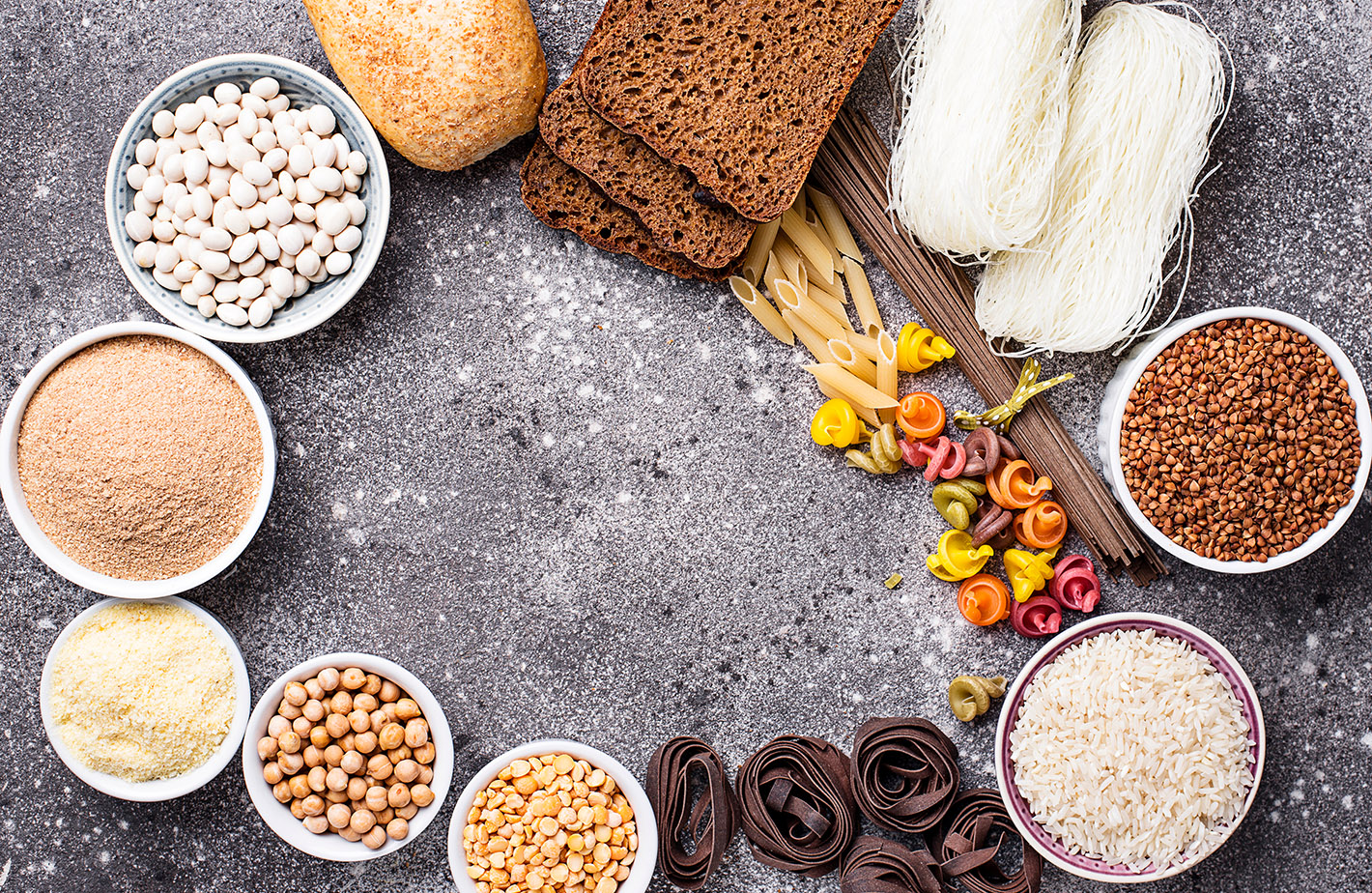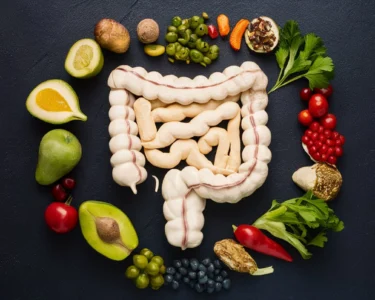Gluten-Free Diet For Celiac Disease Management
Gluten is a protein found in wheat, barley, rye and triticale. It can also be hidden in foods such as sauces, salad dressings, canned soups and some medications (including prescription and over-the-counter medicines).
A gluten-free diet is essential for managing celiac disease. It is recommended that you consult a gastroenterologist and a registered dietitian before embarking on a gluten-free diet.
Understanding Celiac Disease and Gluten Sensitivity
Celiac disease is an autoimmune condition triggered by ingested gluten, which is found in wheat, barley, rye and some medicines. When people with celiac disease eat gluten, their immune system reacts by damaging the small intestine lining. This prevents nutrients from being properly absorbed, leading to digestive problems and malnutrition.
The good news is that following a gluten-free diet can reverse the damage caused by celiac disease. It can also help prevent long-term health problems, such as osteoporosis and neurological disorders.
A gluten-free diet excludes foods containing gluten, which is the protein found mainly in wheat, barley, rye or triticale. A gluten-free diet can be challenging at first, but it’s important to work with a registered dietitian to ensure you’re getting all the nutrients you need. They can also recommend safe brands of food and offer helpful tips for dining out. People who have celiac disease should also avoid oats, which are often grown near wheat and may contain cross-contamination. Oats can be labeled as gluten-free, but many people with celiac disease react to even a small amount of oats.
Basics of a Gluten-Free Diet
A gluten-free diet excludes foods containing wheat, barley, rye and triticale. It also avoids foods made with cross-contaminated ingredients. The diet is essential for those diagnosed with celiac disease or other health conditions associated with gluten like non-celiac gluten sensitivity, wheat allergy, and gluten ataxia.
The diet can be challenging to follow, especially as a beginner. It is important to read labels and practice cooking from scratch with minimally processed, single-ingredient foods such as fruits, vegetables, meats, nuts, seeds, and potatoes. People should also seek out gluten-free cookbooks and try new recipes.
Many people go gluten-free to improve their health. However, a gluten-free diet can lead to nutritional deficiencies and other health problems if not carefully planned and monitored. For example, a gluten-free diet may cause iron deficiency and calcium deficiencies. It may also lead to weight gain and gastrointestinal symptoms if not supervised by a health care provider. Taking a multivitamin and avoiding cross-contamination are key to ensuring that you get the nutrients you need. A gluten-free diet has been shown to reduce the symptoms of celiac disease and improve nutrient absorption in those with untreated celiac disease (14). Following a gluten-free diet can also decrease infertility in women with undiagnosed celiac disease (16). Medications that contain wheat gluten can increase the risk of pregnancy loss (17). Medications that are prescribed or over-the-counter should always be discussed with your health care provider.
Gluten-Free Grains and Alternatives
Celiac disease requires avoiding gluten, which is the protein found mainly in wheat, barley, rye and triticale. These grains make up the staple foods of the Western diet, including breads, pasta, cereals and baked goods. Gluten is also found in processed foods and in some medications and vitamins.
A gluten-free diet can help reduce symptoms and prevent complications from celiac disease, such as intestinal cancer. Symptoms of celiac disease include diarrhea, abdominal pain, weight loss and nutritional deficiencies.
Following a gluten-free diet can be challenging, especially for children. It’s important to seek a healthcare professional who specializes in celiac disease, and consult a registered dietitian for guidance.
A gluten-free diet can help children with celiac disease feel better, return to normal growth rates and catch up on missed developmental milestones. Children should also undergo regular healthcare follow-up, which can include blood tests to monitor celiac disease antibodies and a repeat biopsy of the small intestine. A gluten-free diet can also be a healthy choice for those without celiac disease or gluten sensitivity.
Meal Planning and Preparation Tips
People with celiac disease need to avoid gluten as it will damage the small intestine. Removing gluten from the diet will reduce inflammation and allow the intestinal tract to heal. Symptoms typically improve within a few weeks, though the intestine may not fully recover for several months or years. Children usually see quicker improvements and return to their normal growth rates.
A gluten-free diet can be challenging, especially at first. When starting out, it is a good idea to work with a registered dietitian who can help guide meal planning and ensure nutritional needs are met.
Be aware that gluten can be hidden in many foods. It is important to read labels and look for the ingredients to make sure there is no gluten in the food. Even if an item is labeled gluten-free, beware of cross-contamination. Items can become contaminated if they are made on the same production line or are stored near products containing gluten. In addition, a small percentage of people with celiac disease will not respond to the diet and will continue to have symptoms. This is referred to as refractory celiac disease and requires medications that suppress the immune system.
Gluten-Free Shopping Guide
Celiac disease is an autoimmune condition that requires a strict gluten-free diet. Following a gluten-free diet will improve symptoms, allow your small intestine to heal and prevent further complications like intestinal problems, vitamin deficiencies, malnutrition and gastrointestinal disorders.
It’s important to talk with your doctor and a registered dietitian before avoiding gluten. If you go too long without seeing a health professional, your symptoms may return or you may not be getting the nutrients you need. If you don’t have a diagnosis yet, your doctor will perform tests to determine if you are sensitive to gluten or celiac disease and prescribe an appropriate treatment plan.
Many grocery stores now carry gluten-free products, making it easier to shop safely. However, it’s still important to read labels carefully and consider a few shopping tips. For example, buying plain items and adding your own natural flavors is safest because there’s less risk of cross-contact with gluten. Buying single-ingredient frozen vegetables and fruits is also a safe option, as well as most fresh meats (as long as they aren’t packed in a broth or additional liquid). Trader Joe’s offers lists of their safe products, as does Wegmans.
Dining Out Strategies for Celiac Disease
Eating out can be a challenge for those who have celiac disease. Mistakes when dining out can lead to an uncomfortable experience, and in the worst cases, symptoms such as stomach discomfort or pain, nausea, vomiting, diarrhea and more. When eating out, it’s important to research restaurants ahead of time, and try to find ones that are familiar with the gluten-free diet. This will help to ensure that the restaurant has options and is prepared for cross-contamination.
It’s also important to know which foods contain gluten, as well as which items to avoid at restaurants or social gatherings. Typically, those on the gluten-free diet should avoid wheat, barley, rye and triticale. However, many people with celiac disease can safely eat oats, as long as they are labeled gluten-free and have not been cross-contaminated with wheat.
Educating friends and family about gluten can help create a support network that understands the challenges of dining out, as well as how to make meals at home that are safe for those with celiac disease.
Monitoring for Hidden Sources of Gluten
If you have celiac disease, even traces of gluten can wreak havoc on your digestive tract. It is important to monitor hidden sources of gluten to ensure that you and your family are completely gluten-free. To do this, become an expert at reading food and ingredient labels. Learn to recognize ingredients like modified food starch, hydrolyzed vegetable protein, textured or maltodextrin and caramel color. These are often used as thickeners or flavoring agents. In addition, look for items that contain oats, as they are frequently grown near wheat, barley and rye and can be cross-contaminated.
If your child has been diagnosed with celiac disease or non-celiac gluten sensitivity, be sure to talk with his or her teachers and school staff about the need to maintain a gluten-free diet. Children are prone to reaching into bags and grabbing snacks, so it is essential that school personnel understand the importance of keeping these foods out of their reach.
If you plan to eat out, call ahead and make arrangements for a restaurant that offers gluten-free options. Also, be sure to speak with the manager so that they are aware of your dietary needs.
Conclusion
The only way to manage celiac disease and gluten sensitivity is by following a gluten-free diet. Eating a diet without gluten allows your small intestine to heal and reduces symptoms like diarrhea and abdominal pain. Most people with celiac disease begin to feel better within days of going gluten-free, and their intestines will usually heal in several months. In children, healing may happen more quickly than in adults.
However, a gluten-free diet can be difficult to follow, especially for those who live alone or with limited resources. Choosing nutritious fruits, vegetables, lean protein, and healthy fats can help you meet your nutritional needs. Working with a registered dietitian can be helpful in creating a dietary plan that meets your individual needs.
Many gluten-free foods are more expensive than their wheat-containing counterparts. This is because gluten-free food manufacturers must pass stricter testing and avoid cross-contamination. In addition, a gluten-free diet often results in low intakes of fiber and certain vitamins and minerals. People with celiac disease should work closely with a registered dietitian to ensure adequate nutrition and prevent long-term health problems like iron deficiency, osteoporosis, metabolic syndrome, and thyroid disease.
a







